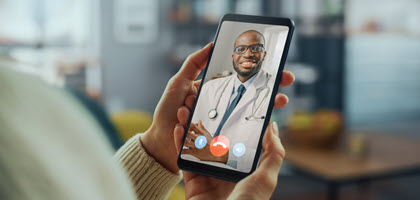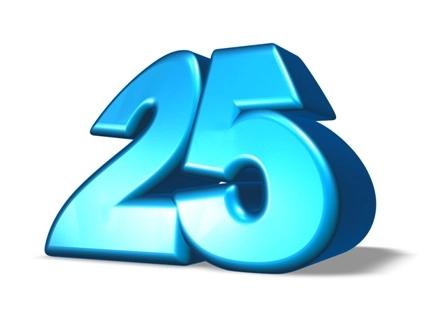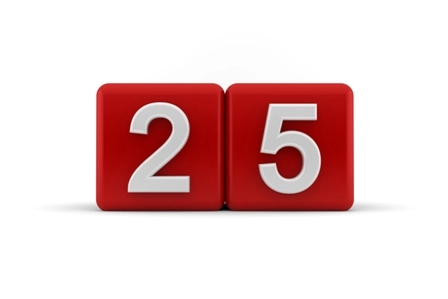Navigate Telehealth and E-Visits Post-PHE
Also, learn how to document each encounter. As the COVID-19 public health emergency (PHE) comes to an end, so do many of the flexibilities you’ve grown accustomed to regarding telehealth and virtual visits. However, not everything will necessarily go back to the way it was pre-COVID. To help you feel prepared for the post-PHE landscape, here’s a breakdown of what to expect immediately after the PHE ends, and also what’s here to stay. Expect Addition of Some Services, Extension of Others According to the 2023 the Centers for Medicare & Medicaid Services (CMS) Medicare Physician Fee Schedule (MPFS) final rule, several emotional/behavior assessments — as well as psychological and neuropsychological testing and evaluation services — have been added to the Medicare Telehealth List on a Category 3 (temporary) basis (see www.cms.gov/medicare/ medicare-general-information/telehealth/telehealth-codes). They will be on the list through the end of 2023 or 151 days after the PHE ends, whichever is later. Since the PHE is slated to end on May 11, 2023, you can expect the extension to last through the end of the year. Remember: Many payers follow Medicare’s example, so even though peds practices don’t typically have patients covered by Medicare, what Medicare does in terms of coverage can help you measure your reimbursement expectations. Revert to Previous Place of Service Codes For the remainder of the PHE and 151 days following, CMS is continuing to allow providers to bill for place of service (POS) as if the service was provided in-person, which means you do not need to use specific POS codes for telehealth. However, you must be mindful of the location of the provider rendering the services, as local state restrictions for rendering medical care across state lines — and practice scope limitations, along with payer rules and requirements — may limit your ability to bill out-of-state patients for telehealth services. Post-PHE: One the 152nd day after the PHE’s end — October 10, 2023 — providers will need to indicate the appropriate POS code. CMS has finalized two options for continued use after the PHE: Understand Audio-Only Interaction Currently, providers can offer “certain counseling behavioral health care and educational services” as audio-only, such as 99497/+99498 (Advance care planning… first 30 minutes/each additional 30 minutes…) and G0438/G0439 (Annual wellness visit… initial visit/subsequent visit), according to CMS. These will be available through the end of 2023. Also, your practice can offer 99441 (Telephone evaluation and management service by a physician or other qualified health care professional who may report evaluation and management services …; 5-10 minutes of medical discussion), 99442 (… 11-20 minutes of medical discussion), or 99443 (… 21-30 minutes of medical discussion) as telephone/audio-only services if they are conducted by physicians or other qualified healthcare professionals (QHPs), as the descriptor states. However, Medicare coverage of 99441-99443 expires with the PHE plus 151 days. Remember: Physicians and QHPs must meet and follow current CPT® guidelines for the services. Modifier alert: For qualifying audio-only services, you can select CPT® modifier 93 (Synchronous telemedicine service rendered via telephone or other real-time interactive audio-only telecommunications system). Post-PHE: “Following the 151-day post-PHE extension period, CMS will once again assign the telephone E/M services a ‘bundled’ status, which means Medicare will no longer separately pay for them,” says Kent Moore, senior strategist for physician payment at the American Academy of Family Physicians. Anticipate the Future of E-Visits You may be wondering whether e-visit codes will become obsolete post-PHE, but there’s likely no reason to expect these codes will go away or that payers will stop reimbursing for them. E-visit codes: An e-visit is a patient-initiated digital encounter that takes place through a secure online portal. There are two sets of codes, one is for encounters between a patient and physician: The other is for encounters between a patient and another QHP: Why are they here to stay? Codes 99421-99423 were actually added to CPT® prior to the pandemic. This code set was part of the 2020 MPFS, which means they were thought up and published well before lockdown. “Furthermore, [the] PHE has not really impacted how the codes are delivered. They were online digital E/M codes when they were created, they still are, and they will continue to be after the PHE ends,” Moore says. Also, while it’s true that CPT® added 98970-98972 to the code set in 2021, their purpose is simply to allow you to report digital patient assessment and management for QHPs who can’t report E/M codes 99421-99423, which are limited to physicians. Understand How to Document the Encounter Let’s say an established patient’s parent contacts the pediatrician through their patient portal one month after having discussed treatment options for the child’s chronic constipation. The doctor had previously recommended a change in diet, including a drastic increase in fiber and the addition of an over-the-counter stool softener and a check-back in six months. However, after 30 days, the parent reports little has changed. The doctor reviews the information and prescribes a trial of linaclotide. This is a situation where you can bill 99421 (if the encounter lasted 5-10 minutes), but make sure physician documentation includes the following: Note: You will also need to document that the service did not lead to a related, separately reported E/M service within seven days of the initial online digital service. If this is the case, the work involved in 99421 would be folded into the bigger, more comprehensive E/M service, and only that E/M service would be billed. Additionally, “if the inquiry is related to a surgical procedure within a global period, then the service is not reported. The provider therefore must keep a permanent record on file. Other rules apply and are listed in the CPT® manual,” says Natalie Ruggieri-Buzzelli, CPC, CGSC, HIM, coding specialist at the Hospital of the University of Pennsylvania.





